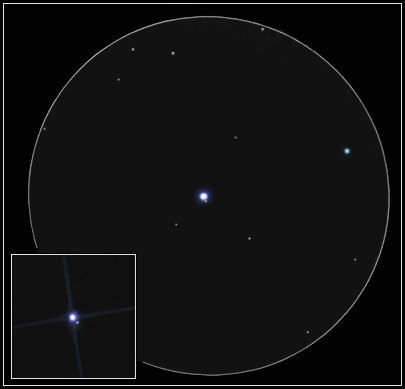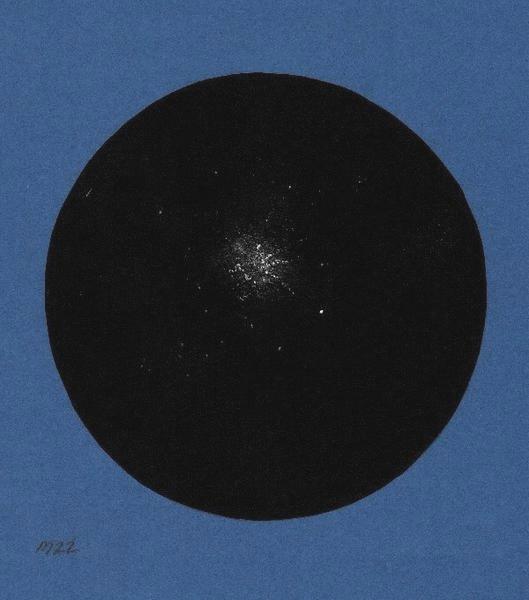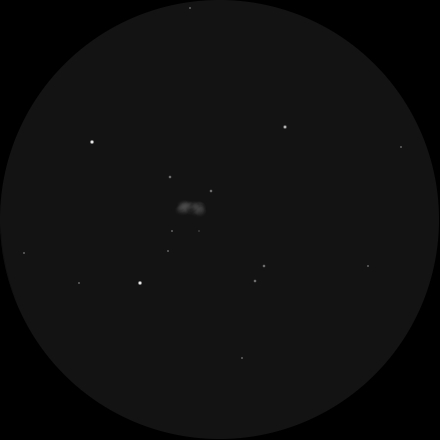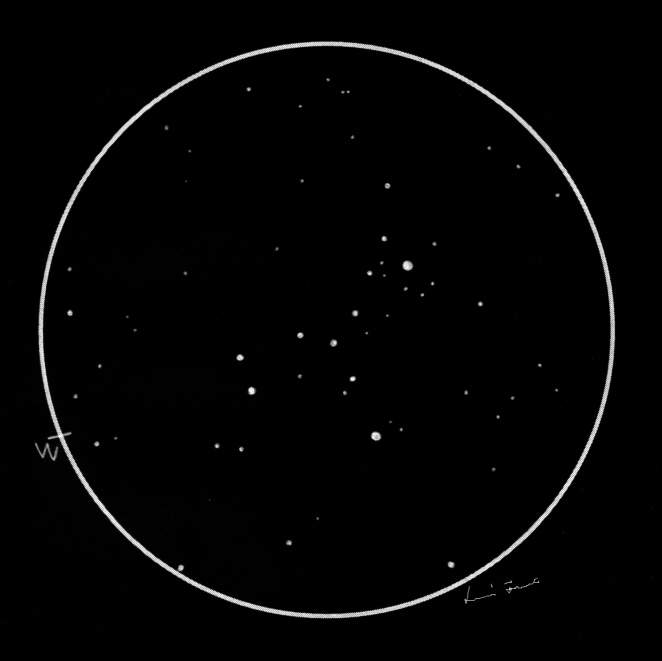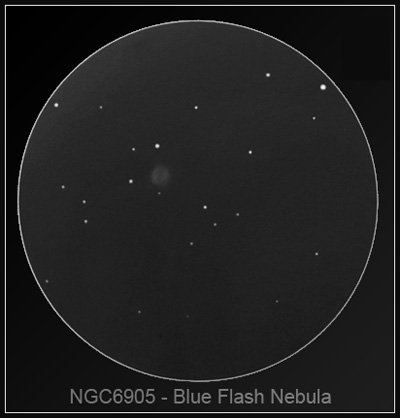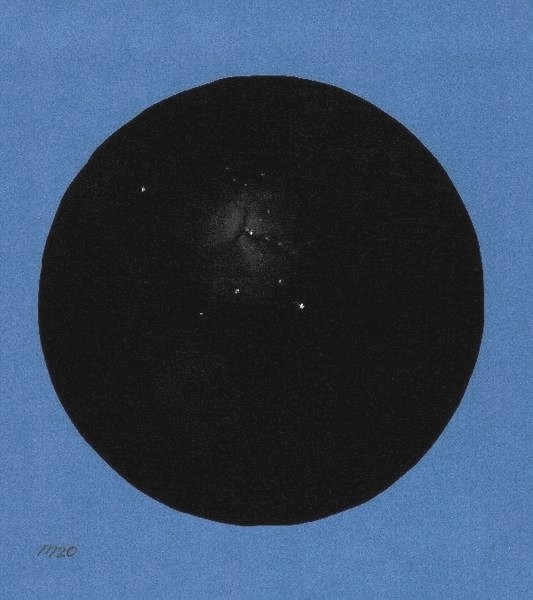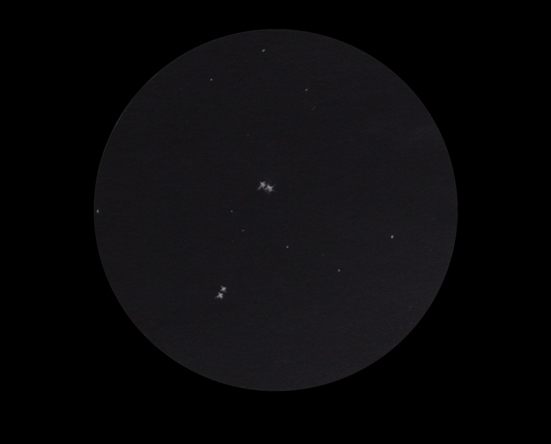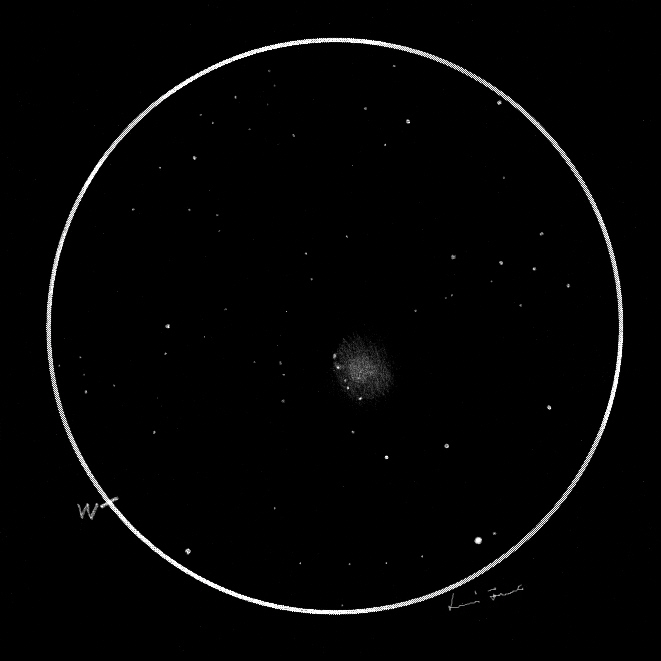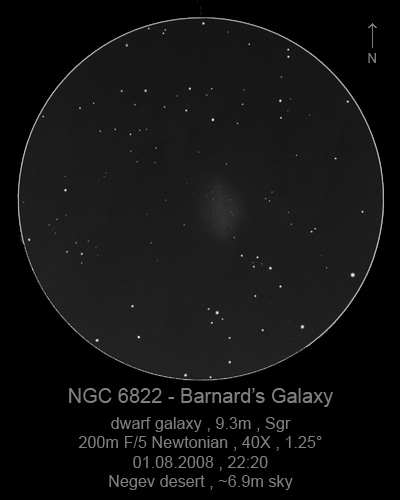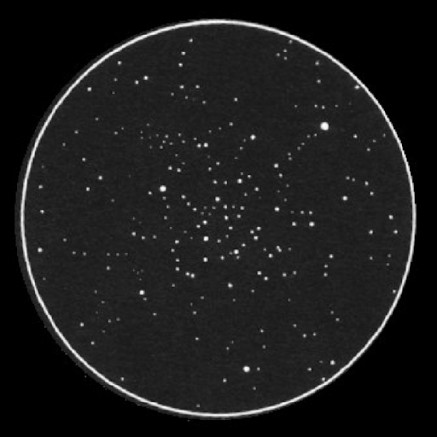
The Open Cluster M23 (NGC 6949) in Sagittarius
Sketch and Details by Kiminori Ikebe, translation by Eiji Kato
M23 (NGC 6949) Open Cluster in Sagittarius
This is an open cluster located east of M24. Through binoculars you can see M23, M24, and M25 from east to west, M18, M17, and M16 in the north, and M8, M20, M21 and M22 in the south. This area is a treasure trove of open clusters and nebulae. It is large and contains many stars. Stars are fairly bright with similar brightness providing a fine sight. Many arch-shaped lines of stars look overlapping. Near the center stars form a number of small conspicuous squares. There is a star at the edge of the northwestern side and a line of stars run toward it. These asterisms are conspicuous and pretty.
Date of observation: 2001/05/03 02:49 Observing site: Kuju Transparency / seeing / sky darkness: 2/1/3 out of 5 Instruments: 32 cm Dobsonian with XL21 at 70x. Width of field: 0.9°


